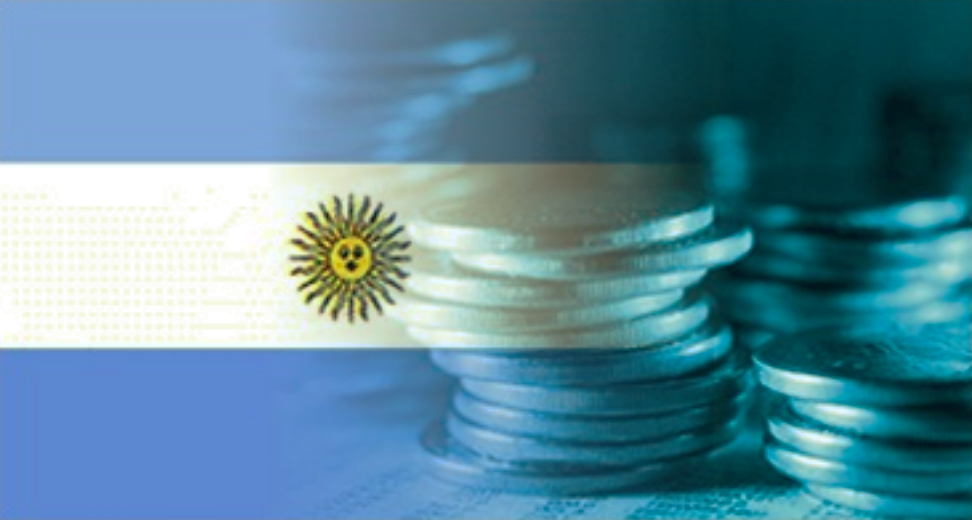RIO DE JANEIRO, BRAZIL – The Gross Domestic Product (GDP) grew 4.1% during the year’s third quarter, as reported by INDEC, compared to the previous three months.
In the inter-annual measurement, the jump was 11.9%. “In this way, in the first three quarters of the year, the GDP accumulated an increase of 10.8% year-on-year,” the agency said.
Read also: Check out our coverage on Argentina
The GDP had registered a 17.9% year-on-year improvement in the second quarter when compared against the moment of most excellent confinement in the first year of the pandemic.

This time, in the comparison against the previous quarter, exports rose 7.3%. At the same time, the acquisition of capital goods presented a drop of 1.2%.
Regarding the improvement of foreign sales, the consulting firm LCG explains that “this growth takes place within the framework of a favorable international market for the sale of commodities and due to the good performance that has been observed in the exports of fuels and vehicles”.
Regarding the fall of capital goods, the ACM consultant points out that “a significant part of the decapitalization that occurred during the quarantine was recovered in the last three quarters.
In addition, the uncertainty generated by the pre-electoral scenario and by the lack of an agreement with the IMF, which resulted in a certain paralysis in the sector, together with the restrictions on imports imposed by the Government, was also added”.
One of the highlights of the period is that there was a 2.8% increase in private consumption due to the adjustment of salaries and the rise in social spending carried out by the Government, most of which was concentrated in the pre-electoral scenario.
At the same time, imports increased by 1.7%. This shows a marked deceleration with respect to the last quarter due to the measures implemented by the Government to curb the outflow of dollars.
At the same time, there was a substantial expansion of the Other community, social, and personal service activities sector, with a jump of 81%. The Hotels and Restaurants (59.8%) and Construction (25.2%) sectors also grew.
These are the sectors most affected by the restrictions decreed by the Government during the pandemic. In the case of the construction sector, the growth would also be related to the low costs in dollars and the protection it implies as an investment in the context of exchange restrictions.
The Minister of Economics, Martín Guzmán, assured last Monday that the GDP would grow 10% this year, after falling 9.9% in 2020, and projected an advance of 4% for next year.
For his part, the Minister of Productive Development, Matías Kulfas, highlighted on Tuesday that the economic activity recovered “all that was lost due to the pandemic”.
For ACM, the year will end with a growth of 8.7%, due to the effect of the statistical rebound (5%), as well as “better international prices of commodities and a relative recovery of Investment given the low-interest rates in real terms, as well as the amplitude of the exchange rate gap”.
LCG anticipates a 10% increase in GDP in 2021. But it warns that “for the last quarter, we expect a lower level of growth associated with a more unstable economy that has already recovered a good part of what was lost due to the pandemic”.
In this line, private analysts see a more limited expansion for 2022 than Guzmán forecasts. According to the Relevamiento de Expectativas de Mercado (REM) conducted by the Central Bank, the average growth expected for next year is 2.5%.

